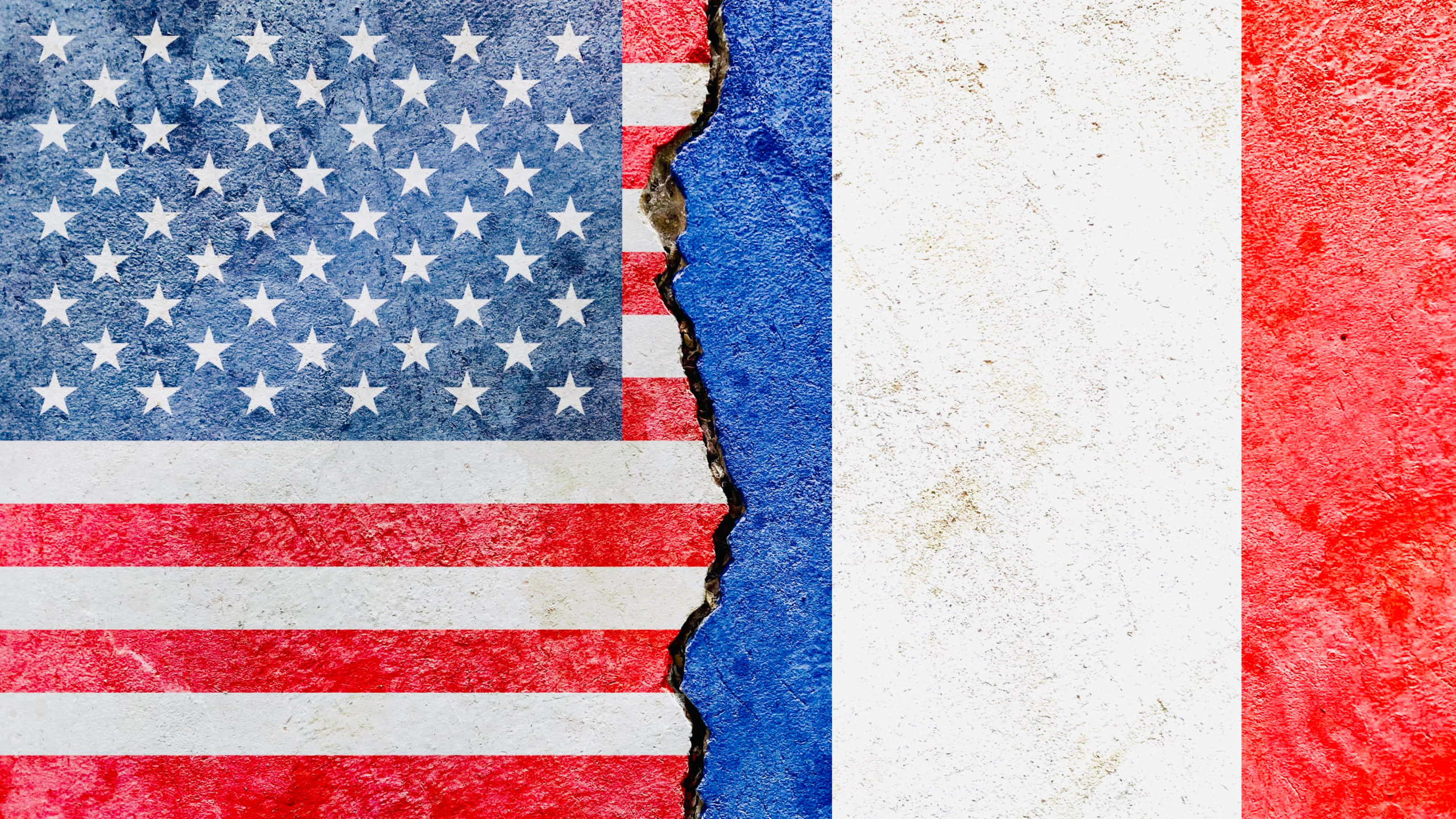By Sneha Gubbala
The Hollywood glitz and glamour of the Oscars’ red carpet does not stop with the stars’ sartorial choices nor with the larger-than-life stories on the big screen. The true glamour lies with the artistic method by which the Academy of Motion Picture Arts and Sciences glosses over the ill deeds of those they recognize, while maintaining a facade of progress and advancement.
The Academy Awards faced substantial criticism in both 2015 and 2016 for the notable absence of actors of color among the nominees, inciting the hashtag #OscarsSoWhite. Many have lauded the 89th Academy Awards’ nominee list for its significantly less homogenous lineup, as each acting category featured actors of color, including Viola Davis, Dev Patel, and Ava DuVernay. The governing body of the Academy also stated in 2016 that its goal is to double the number of women and minority members of the Academy by 2020.
Upon first glance, the Academy appears to be making great strides in rectifying its lengthy history of favoring white men. However, Casey Affleck’s nomination this year for Best Actor category signifies the continued lack of accountability assigned to white men in Hollywood, especially at the expense of women. Affleck’s nominations for “Manchester by the Sea” this awards season was met with public backlash as allegations of sexual and verbal harassment against Affleck came to light. Despite these allegations, Affleck appears unfettered, even favored, in his journey to picking up the Academy Award for Best Actor for his latest performance, having already received over a dozen awards for his performance, including a Golden Globe and a Critic’s Choice Award.
Affleck’s friendly treatment from the Academy appears in stark contrast to the Academy’s cold treatment of Nate Parker, director, writer, producer, and lead star of “Birth of a Nation,” a film that would otherwise have been a clear-cut Oscar contender were it not for the rape allegations against Parker. In response to the controversy, the American Film Institute actively canceled a screening of the film, which also went unrecognized by the Academy this awards season.
The most significant discrepancy between the two men’s treatment at the hands of the Academy is the fact that Parker is a black man while Affleck is white. The Academy quite easily denied Parker recognition in light of his past, but has yet to do the same towards Affleck, whose transgressions are far more recent than those of Parker. The Academy’s recognition of Affleck despite his sexual harassment allegations echoes its similarly amicable treatment of acclaimed director Woody Allen, who has won four Oscars. In the l990s, Dylan Farrow, Allen’s adopted daughter, accused him of child molestation. Despite the overwhelming testimony from Farrow, Allen was never found guilty, and instead went on to collect masses of awards and honors for his work, including the 2014 Golden Globe for lifetime achievement.
Affleck and Allen’s treatment at the hands of the Academy, especially when contrasted with that of Parker, are symptomatic of a larger issue within the film industry: the blind eye turned to the misdeeds of notable white men for the sake of “art.” By continuing to recognize men like Affleck and Allen, the Academy effectively labels the victims of sexual harassment and abuse as either liars or as insignificant, both of which only perpetuates the overwhelming culture of victim-blaming present in both society as well as in the United States’ justice system. This furthers the larger cycle of white men escaping accountability for their misdeeds, especially if the men in question are high-achieving in their respective fields.
This lack of meaningful consequences is not exclusive to the white men involved in sexual harassment or abuse. Mel Gibson, once a Hollywood legend, fell from grace upon the reveal of his anti-Semitic, misogynistic, and racist tendencies, as well as his domestic abuse allegations. However, this year he has landed six Academy Award nominations for his film “Hacksaw Ridge,” providing further evidence that white men in Hollywood can receive numerous honors even in the face of significant moral and ethical transgressions, while women and people of marginalized backgrounds struggle to even gain recognition in the industry.
The constant perpetuation of this unjust behavior may be the result of a skewed group of voters as well as directors, actors, producers, etc. As of 2016, voting members of the Academy are 91 percent white and 76 percent male, only a slight change from the demographics in 2012, when 94 percent of voters were white and 77 percent male. So long as Hollywood and the Academy remain a one-note selection of white men, hopes of addressing and rectifying this system of rewarding noteworthy white men despite their misdeeds are likely to remain simply that.
The film industry has proven to hold considerable sway over public opinion, and for such a supposedly progressive industry to continue recognizing and honoring men like Affleck, Allen, and Gibson in today’s political climate is to effectively affirm the discriminatory and unjust culture facilitated by the rhetoric of the 2016 presidential election. The film industry prides itself on being nuanced and innovative, yet remains trapped in this endless cycle of unaccountability, facilitating the suppression of women and marginalized people by encouraging the message that white men can engage in moral and ethical misdeeds and still effortlessly receive recognition and acclaim for their work while women and minority groups fight for even a minute chance of respect within the industry.


